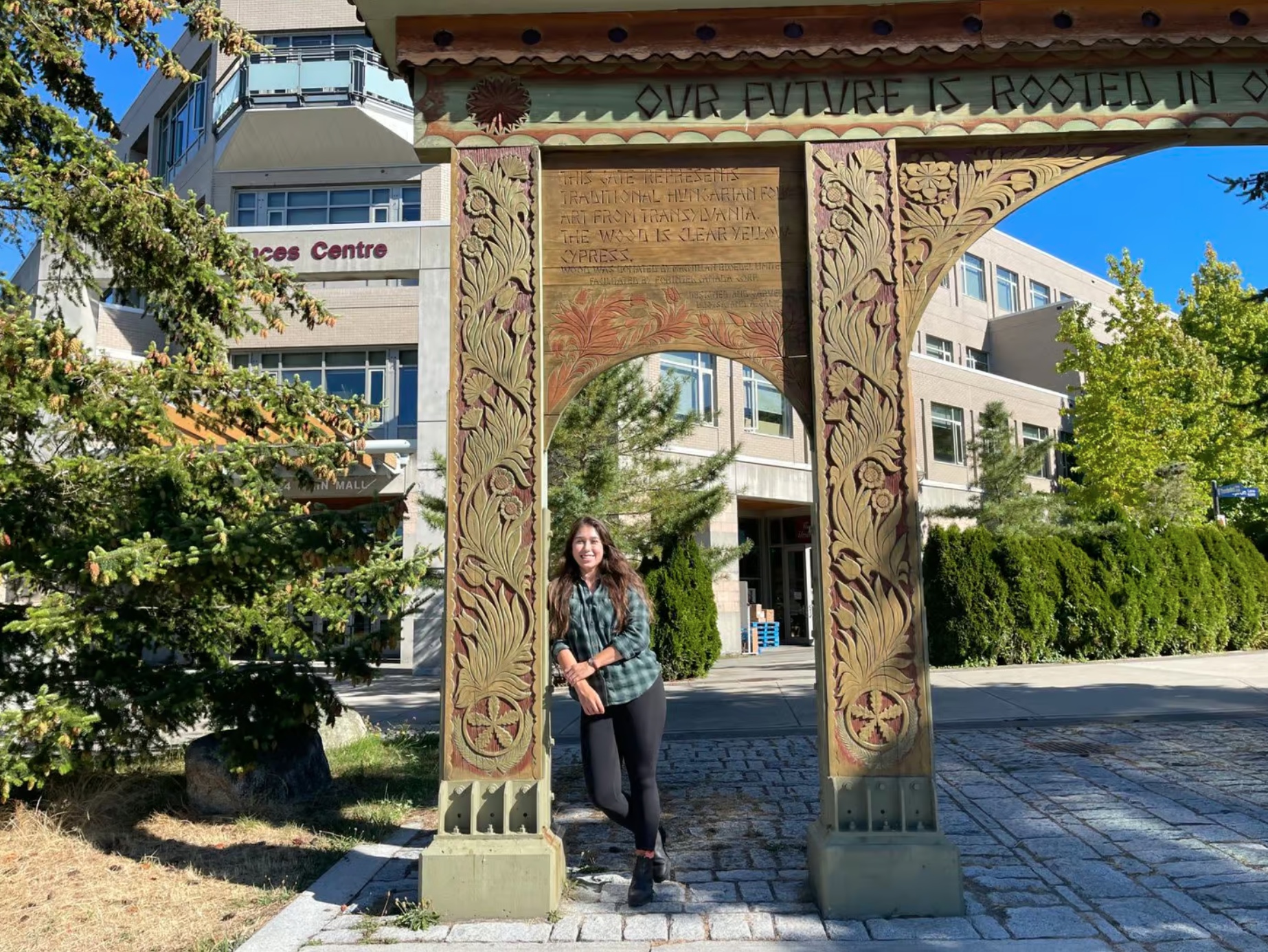
Building Climate Resilience Through Community
Image by Amei-Lee Laboucan via IndigiNews
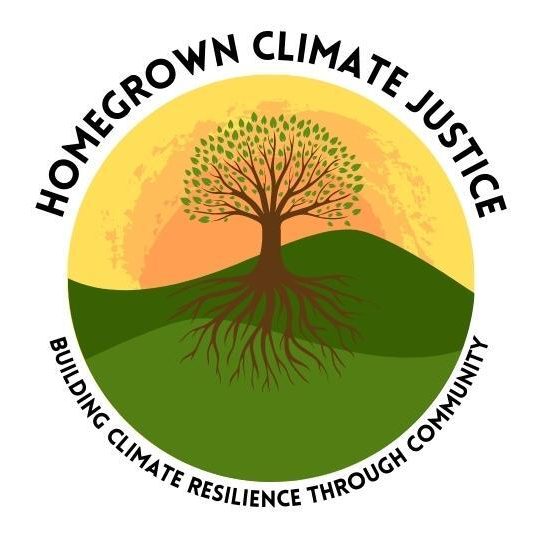
In the summer of 2022, the UBC Indigenous Strategic Initiative Fund approved the Homegrown Climate Justice: Building Climate Resiliency Through Community project (with additional funding from the Pacific Institute for Climate Solutions) with the overarching goal of acting on the climate emergency by partnering with the Downtown Eastside community to enhance existing and create new greenspaces in the community informed and led by Indigenous worldviews and practices.
In partnership with the UBC Sustainability Hub | Climate Emergency Response, UBC Climate Hub, UBC Learning Exchange, and the Carnegie Community Centre, we have built relationships with the Downtown Eastside community to guide this project. By combining resources and working together we can better achieve our common goal of making greenspaces more accessible to everyone, by the people for the people.

The main pillars this project is built upon are:
Indigenous traditional ecological knowledge
Reconnecting to the natural laws of the world
Uplifting cultural ways of healing
Growing a community that understands access and connection to nature is a social justice issue
As the climate crisis continues to exacerbate weather extremes throughout BC, we must take all the measures we can to mitigate the effects, and support our equity-deserving communities as we have done since time immemorial.
Check out this IndigiNews article featuring the project:
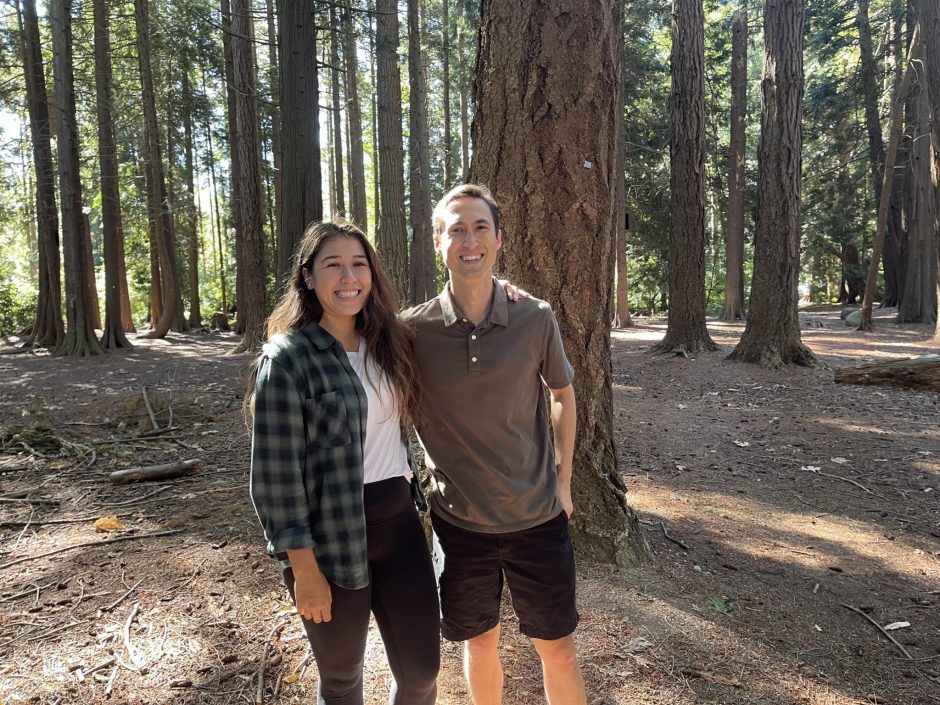
Image by Amei-lee Laboucan via IndigiNews
Project Team
Lead: Alexandra Thomas | Naxnagəm (Nahx-nah-gim)
Pablo Akira Beimler
Project Partners
Check out our partners and the initiatives/services they offer. We stand in solidarity with those who work in social and environmental justice and understand the two are inextricably linked.
UBC Sustainability Hub
Carnegie Community Centre
UBC Climate Hub
UBC Learning Exchange
V6A Wild Spaces
Environmental Youth Alliance
Volunteer With Us
Donations
As our project moves forward, we are looking for donations or discounts for any of the following materials:
- Gently used gardening tools
- Soil (in the fall)
- Native plants or seeds
- Lumber and associated hardware (nails and screws)
- Art materials (paints, brushes)
- Garden pots (larger preferred)
- Outdoor rated string lights
- Garden supplies (watering cans, wildlife mesh fencing)
- Building materials (wood stain, hinges)

Indigenous Medicinal Plants
The following are just a few of the many Indigenous medicinal plants that can be found locally. Some of these plants can be found on the UBC Vancouver, Point Grey campus on xʷməθkʷəy̓əm territory, including the xʷc̓ic̓əsəm Garden. With volunteer support and Homegrown Climate Justice partnership, they will also be planted in the brand new UBC Climate Hub community gardens by the Third Space Commons / behind 2207 Main Mall this spring 2023.
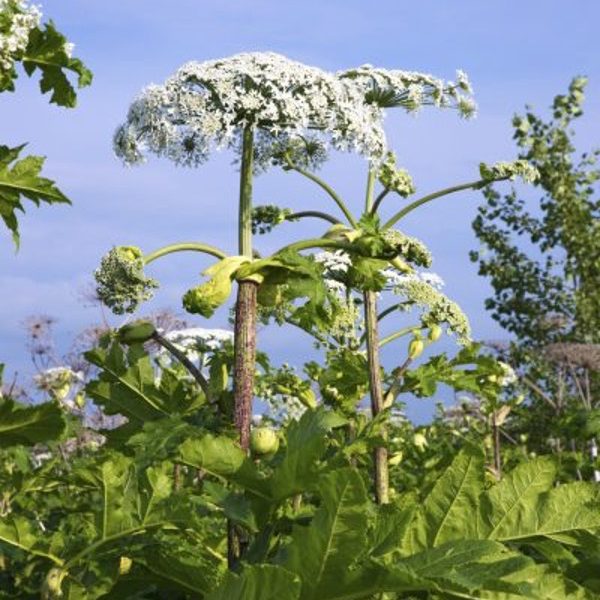
Image credit: Mieszko9
Cows Parsnip
Cows parsnip is native to North America but can often be mistaken for other invasive plant species such as Giant Hogweed (a poisonous exotic). In Indigenous communities, a common challenge is the popular removal of this plant as it’s mistakenly identified as a weed by those who mean well. It is non-toxic though the juice from this plant can cause dermatitis for those with sensitive skin (gloves recommended). It has been used by Indigenous peoples by eating the inside stem and boiling the roots to extract the sugar for flavoring. Drying the roots and crushing them into powder is also common practice to heal skin irritations, and the seeds can be boiled into tea for headache remedies. Cows parsnip grows best in moist, shadier locations but can also thrive in open dryer areas. It prefers sand or sandy loam soil.

Image credit: Sadie Youngstrom
Chocolate Lily
Chocolate lily is a native plant species. This plant species has been dug up by Indigenous peoples and the roots boiled to soften their taste. The taste and texture have been described as rice with a slightly bitter taste. The species is easily transplanted and grows from seeds and/or bulbs.

Image credit: Köhler’s Medicinal Plants
Western Yarrow
Western yarrow is a native wildflower species and in nature is eaten by most ungulates (large mammals with hooves). The seeds from this plant have historically been removed and dried by Indigenous peoples to create tea for stomach ailments. The plant is also used for wound poultices and as a mosquito repellant. It often grows around roads or other disturbed sites. This flower is great for pollinators.
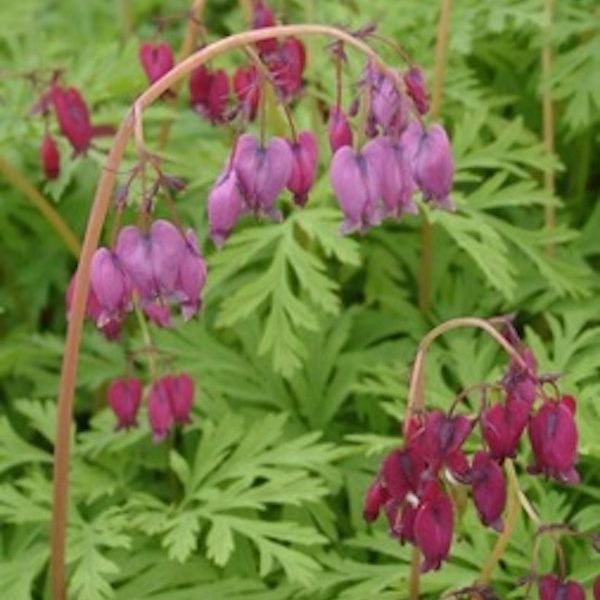
Image credit: Ramin Nakisa
Pacific Bleeding Heart
This native wildflower species is good for attracting pollinators. It has historically been used by First Nations to make tinctures for bruises and sprains. It has also been recorded that the root has properties that help with anxiety and insomnia. It should be noted that all parts of the plant, except the root, are toxic and can cause skin irritations if not handled properly. This flower is repellent to grazers such as rabbits and deer.
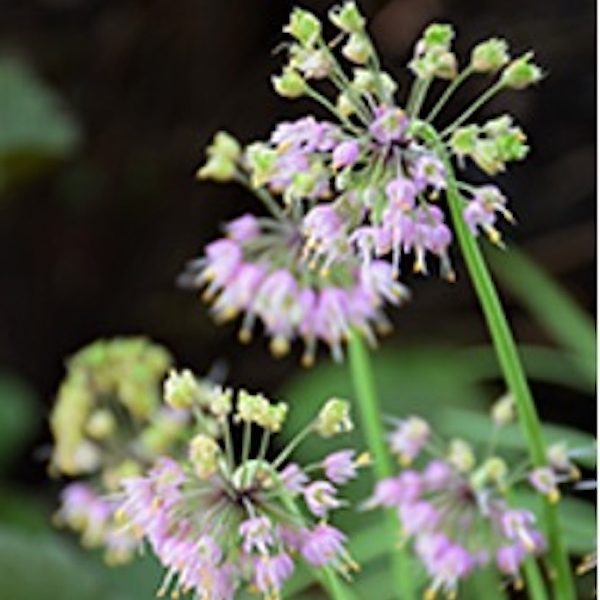
Image credit: NetPS Plant Finder
Nodding Onion
Native to so-called British Columbia, nodding onion grows as a leafless stalk from bulbs which eventually produces an umbel of pink or white flowers. The leaves and bulbs of this plant are edible with a light onion-like flavour. Fun fact: the City of Chicago got its name from the Algonquin name of this plant ‘chigagou’. This plant is used by First Nations as a bug repellant; the juices from the plant are spread on the skin to repel mosquitoes and other insects.
